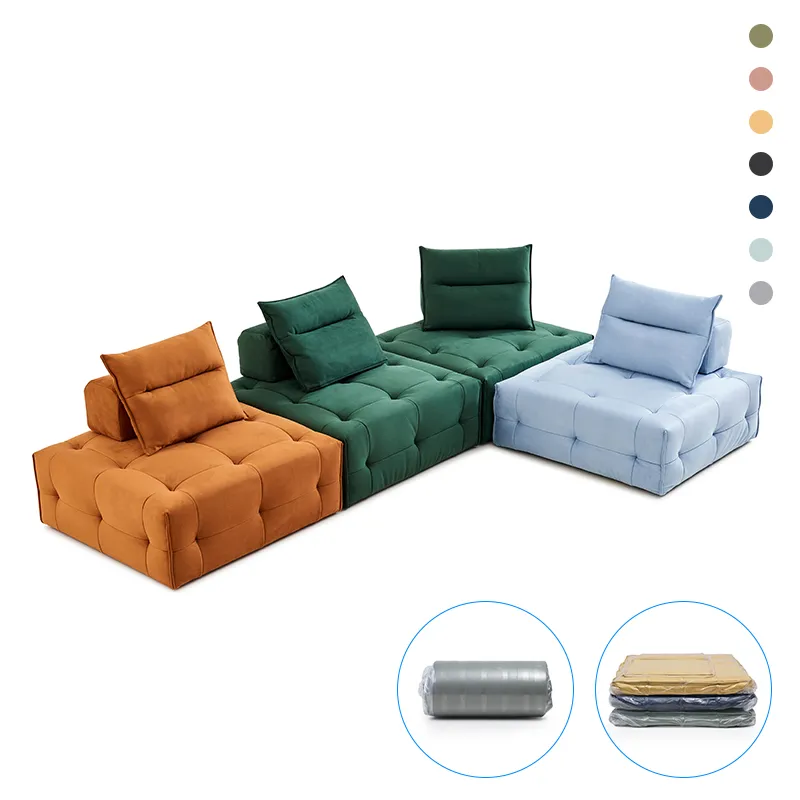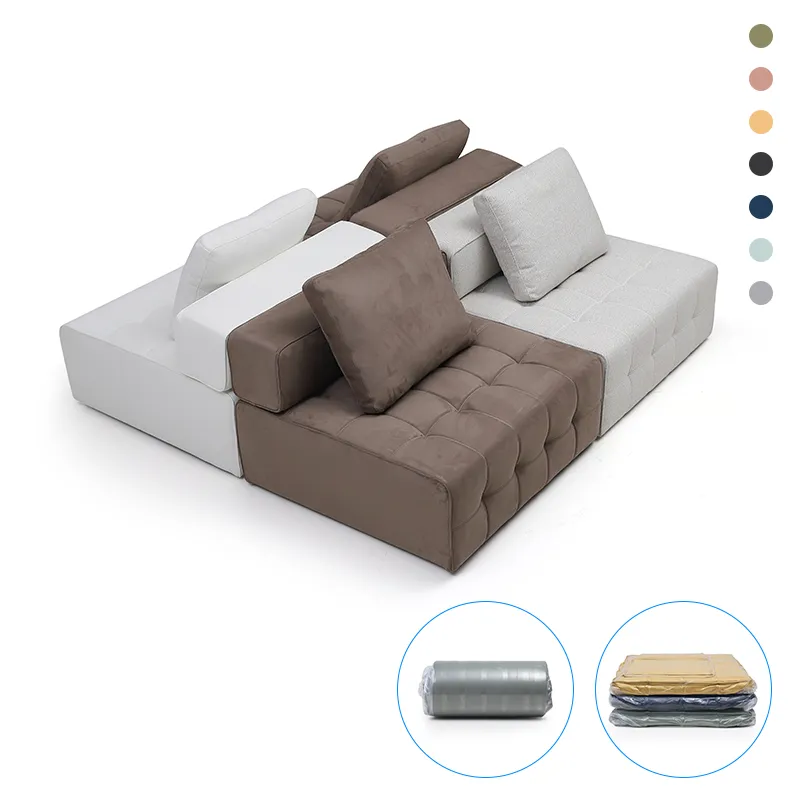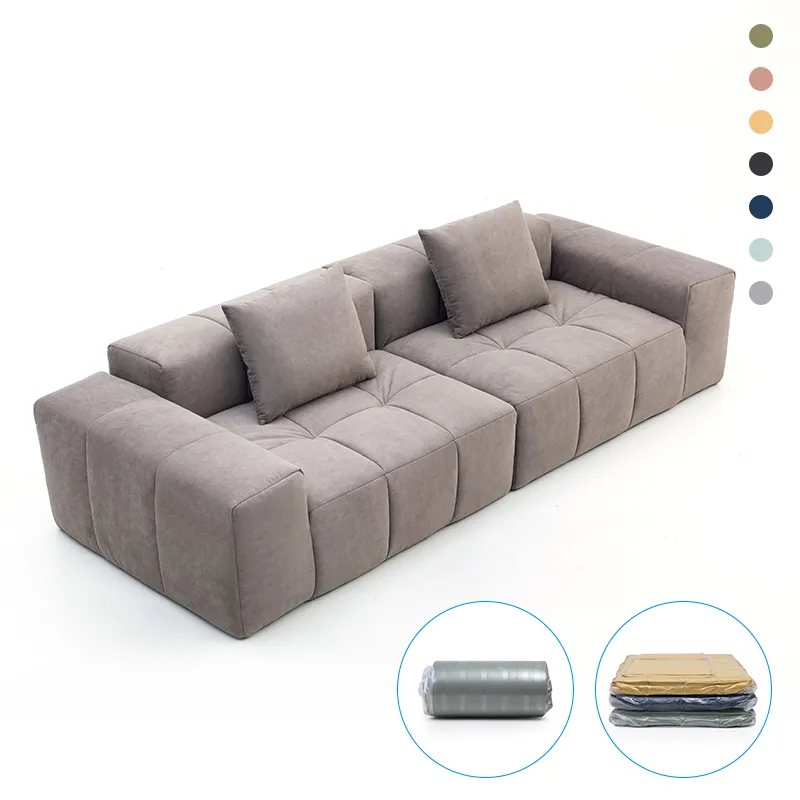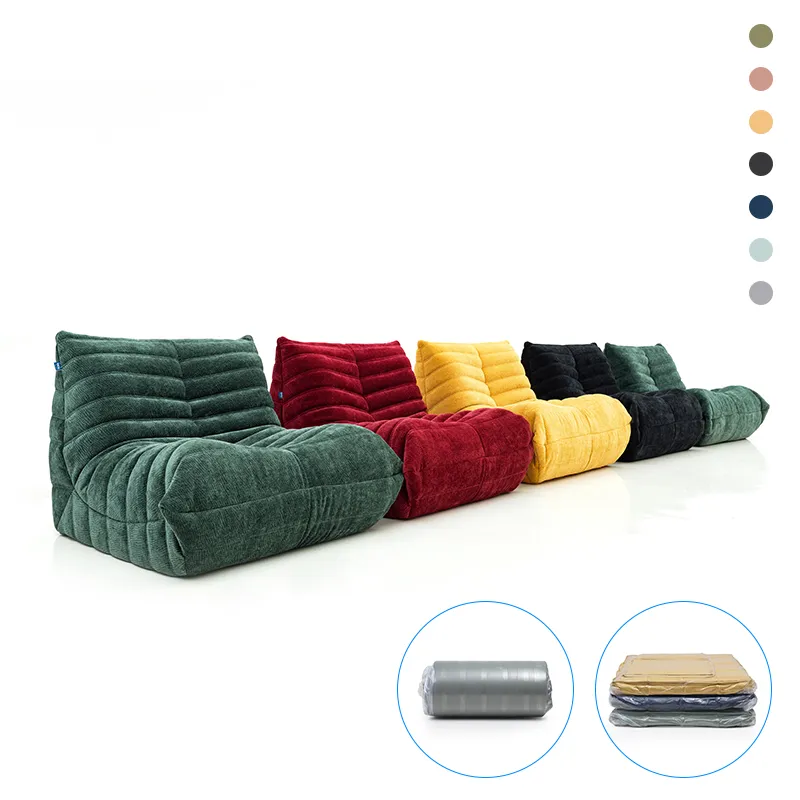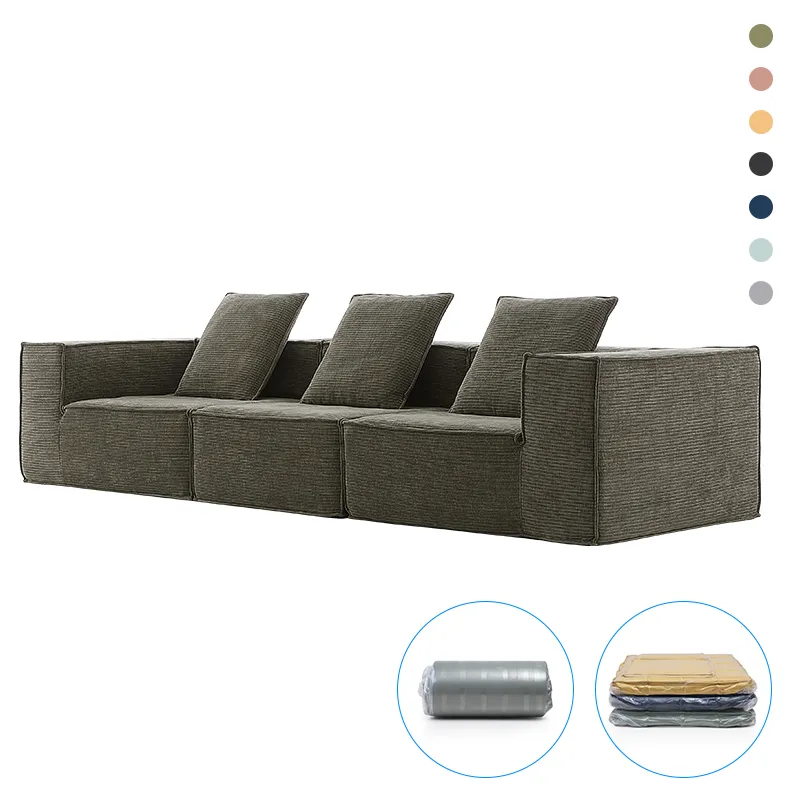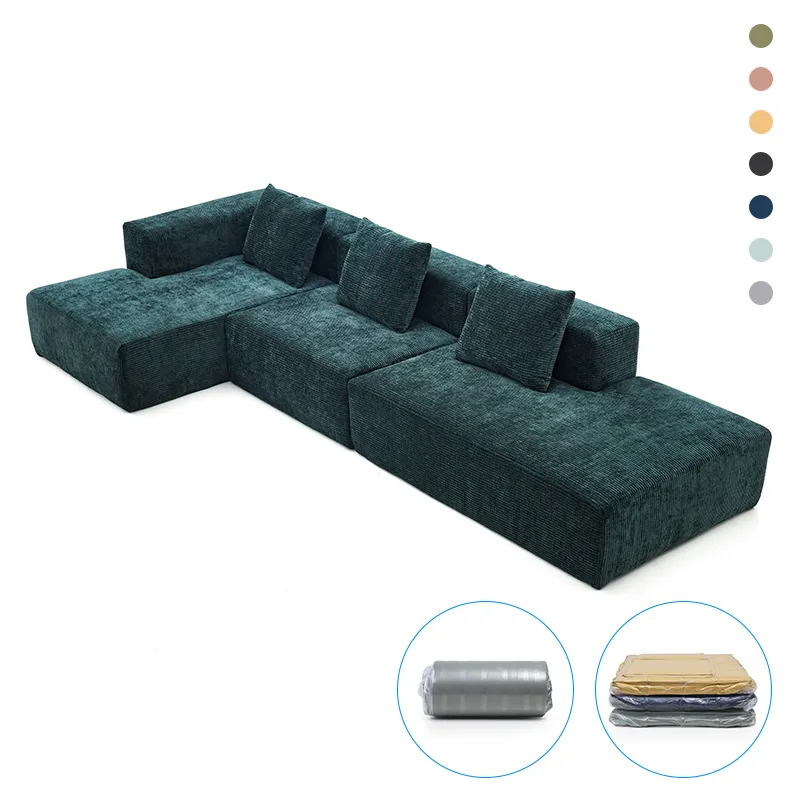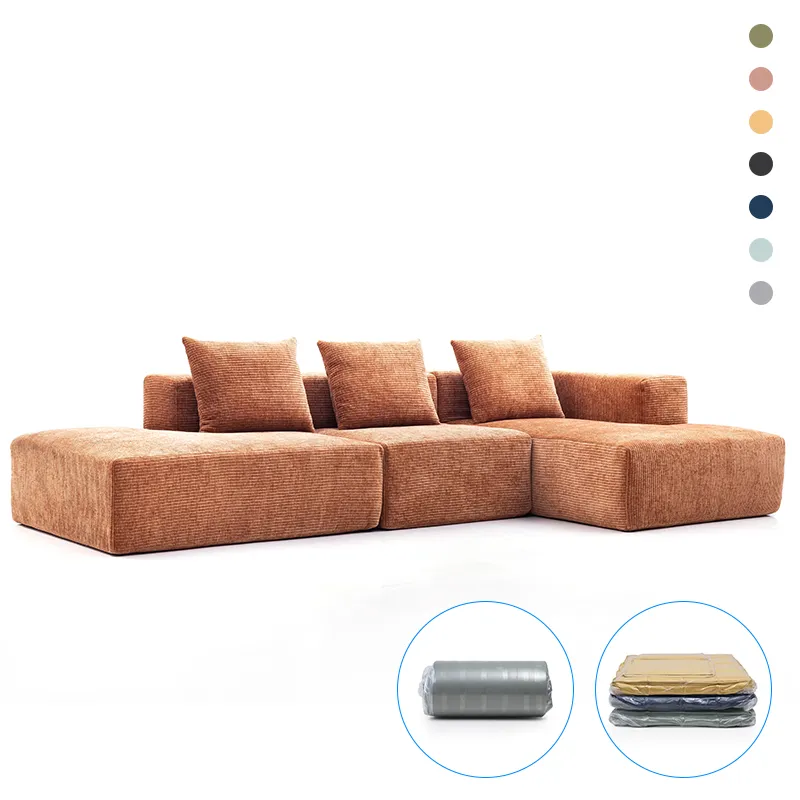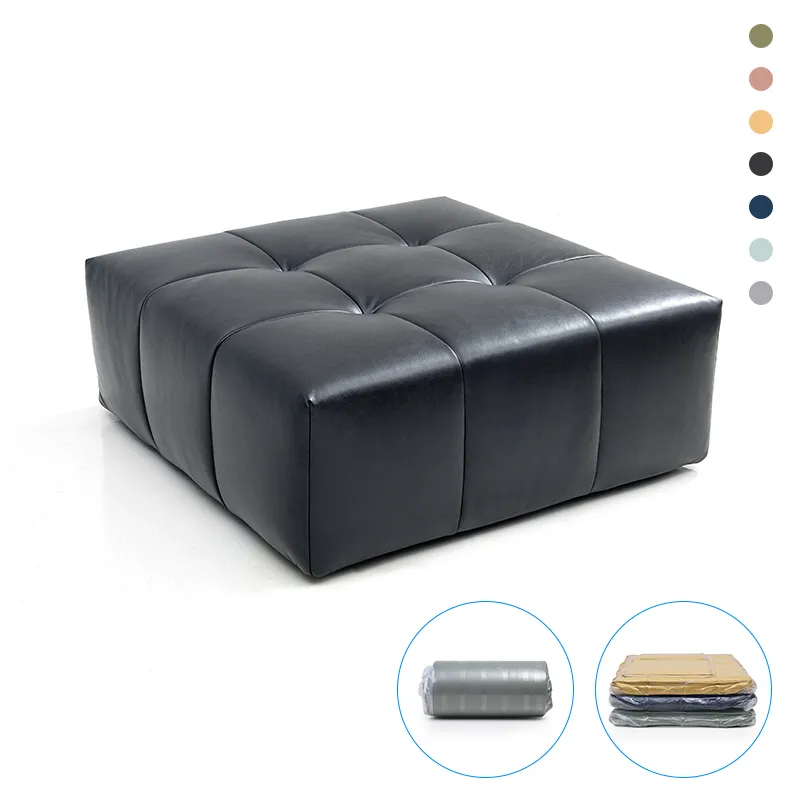Exploring the Benefits and Features of the Meeting Mesh Chair for Collaborative Workspaces
The Evolution of Meeting Mesh Chairs Redefining Comfort and Collaboration
In today’s fast-paced work environment, where collaboration and productivity are paramount, the design and functionality of office furniture play a significant role in ensuring workers' comfort and engagement. Among these, the evolution of the meeting mesh chair has emerged as a groundbreaking development that is transforming how we approach gatherings, brainstorming sessions, and collaborative efforts in the workplace.
Understanding Meeting Mesh Chairs
Meeting mesh chairs are designed specifically for collaborative spaces, combining ergonomic features with stylish aesthetics and versatile functionality. The use of mesh fabric is one of the most notable characteristics of these chairs, offering breathability and temperature regulation. This is particularly important in settings that may involve prolonged periods of sitting, as it helps maintain comfort and focus among participants.
Traditional meeting chairs often featured heavy upholstery that can be uncomfortable over time. In contrast, mesh chairs are lightweight, allowing for easy movement and reconfiguration of spaces. This adaptability makes them ideal for modern offices, where layouts can change based on the nature of the meeting or project.
Ergonomics at the Forefront
Beyond aesthetics, ergonomics is a critical consideration in the design of meeting mesh chairs. As organizations increasingly recognize the importance of employee well-being, the demand for furniture that promotes good posture and reduces the risk of musculoskeletal issues has grown. Meeting mesh chairs typically come with adjustable features, including lumbar support, seat height, and armrests, catering to the diverse needs of various users.
The ability to customize seating positions ensures that every participant can engage comfortably in discussions. When individuals feel physically supported, they are more likely to contribute actively to the dialogue, enhancing group dynamics and fostering innovation.
meeting mesh chair product
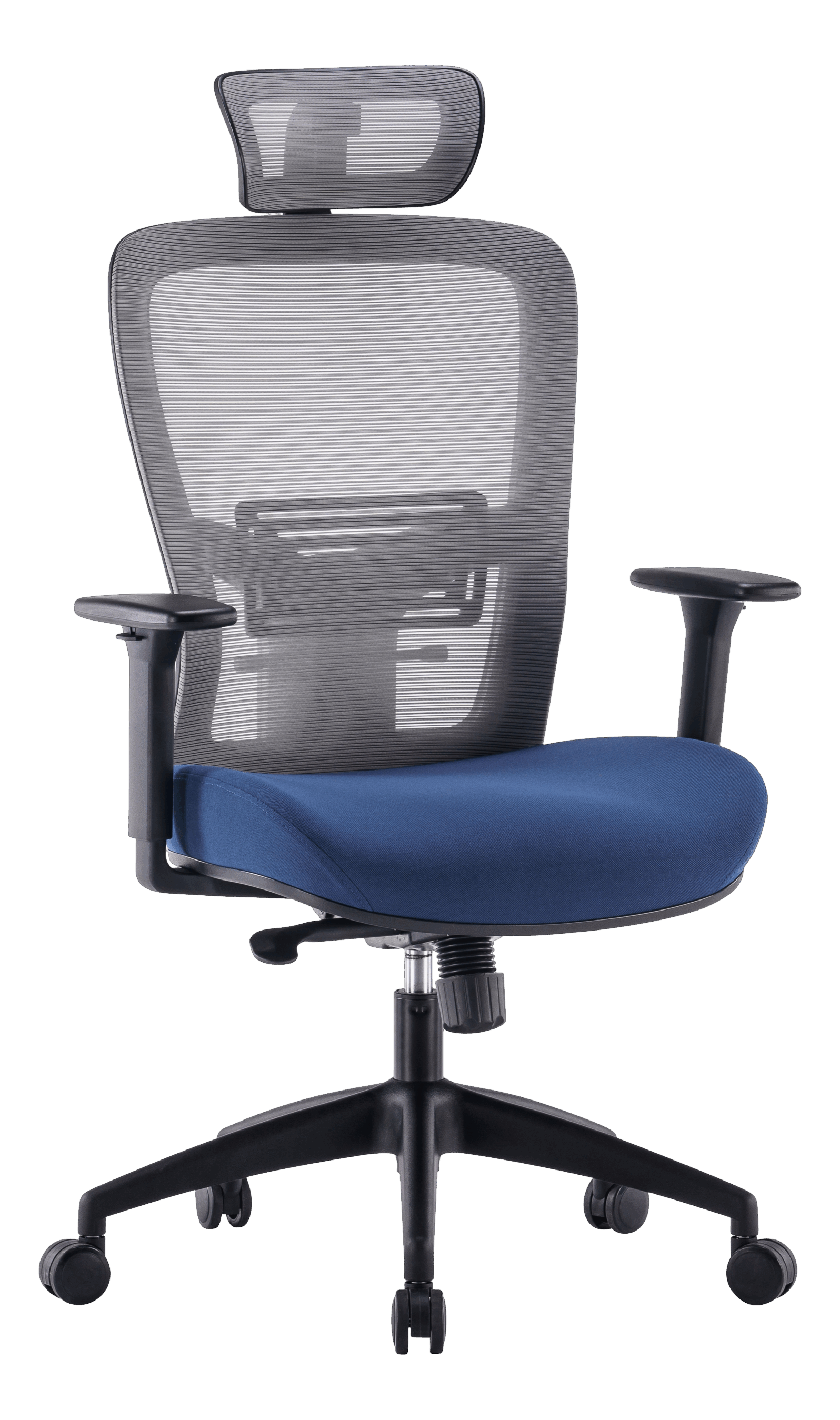
Fostering Connection and Collaboration
The industrial design of meeting mesh chairs also encourages a sense of community within the workspace. The sleek, contemporary look of these chairs not only aligns with modern office aesthetics but also creates an inviting atmosphere conducive to collaboration. Their design encourages participants to face each other, promoting eye contact and interaction—elements that are vital for effective communication and teamwork.
Moreover, the mobility of mesh chairs allows teams to easily transition between different types of meetings, whether it’s a formal presentation, a brainstorming session, or a casual catch-up. This versatility supports a dynamic workflow, where teams can adapt their environments to suit the task at hand.
Sustainability and Future Trends
As environmental concerns continue to grow, many manufacturers of meeting mesh chairs are also prioritizing sustainable practices. Utilizing recyclable materials, minimizing waste during production, and ensuring the durability of their products contribute to a more eco-friendly office environment. This not only decreases the environmental footprint but also appeals to a workforce that increasingly values corporate social responsibility.
Looking to the future, we can expect continued innovation in the design of meeting mesh chairs. Features such as integrated technology for virtual meetings, advanced ergonomic designs with responsive adjustments, and eco-conscious materials will redefine the market. Companies will increasingly seek solutions that promote well-being and productivity as they navigate the hybrid work model that combines in-office and remote engagement.
Conclusion
The rise of meeting mesh chairs marks a significant shift in workplace design, prioritizing comfort, collaboration, and flexibility. As organizations adapt to new ways of working, these chairs offer an ideal solution that meets the evolving needs of teams. With their ergonomic features, stylish designs, and emphasis on sustainability, meeting mesh chairs not only enhance the overall meeting experience but also help shape a more productive and engaged workforce.
share:
-
Training Chairs Aim To Provide A Fully Functional And Flexible Workspace For Various Training, Educational, Or Collaborative ActivitiesNewsJun.06,2025
-
The Big Boss Office Chair Aims To Provide Comfort And Support For Individuals In Management Or Leadership PositionsNewsJun.06,2025
-
It Is Important For The Ergonomic Drafting Chair To Provide Sufficient Support For The Entire SpineNewsJun.06,2025
-
Ergonomic Office Chair: Investing in Efficiency and HealthNewsJun.06,2025
-
Compression Sofa Is Usually Easier To Transport And Handle Than Traditional SofasNewsJun.06,2025
-
Arm Chair Rest Provides Additional Support And ComfortNewsJun.06,2025
-
Adapting To Diverse Needs: How Training Tables And Chairs Can Meet The Needs Of Different UsersNewsMay.15,2025


